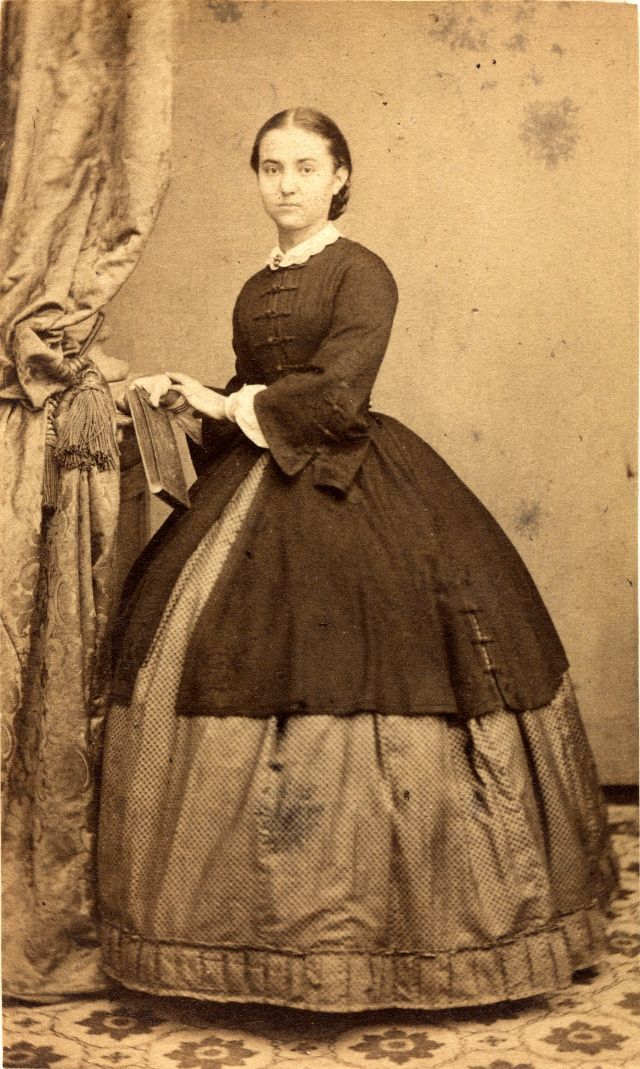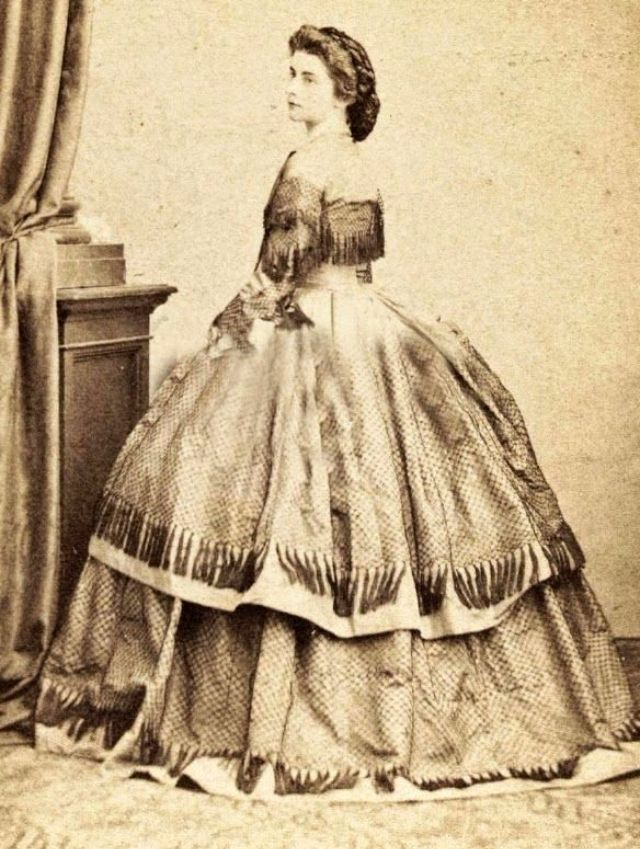Crinoline
A structural hoop petticoat called a crinoline is made specifically to hold out a woman's skirt. Despite being created in the sixteenth century, it only started to become popular around the middle of the nineteenth century.The name "Crinoline", which is a mix of the French words crin (horsehair) and lin (line), denotes the original material employed (linen). The term was used to describe the hooped skirts that rose to fame in the middle of the 1850s. Hoop skirts, which were akin to the farthingale of the 16th and 17th centuries, took the role of the crinoline at this time. The farthingales were the sole change, allowing skirts to stretch broader and more completely. The 1850s saw the introduction of the crinoline, a new variation of the hoop that had a long era of popularity. Because new designs and manufacturing methods were periodically introduced, the Victorian crinoline had a variety of appearances.
After the invention of crinolines and hooped skirts, women felt freed from the shackles of petticoats. They wore a dress over the crinoline, which was worn invisibly. In the cold, women favored flannel petticoats. Crinolines were initially dome-shaped in the 1950s, but a decade later they were changed to pyramid forms. It was created as a small hoop in the late 1960s before going out of style in 1878.












